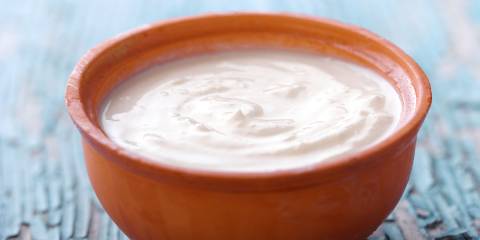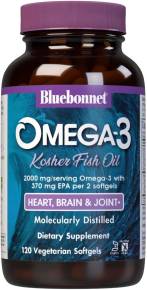If dairy foods don't agree with you, you may have trouble digesting lactose, a sugar found in milk, butter, ice cream, cheese, and other foods made from milk and cream.
What Causes Lactose Intolerance?
Your small intestine needs lactase, an enzyme, to break down lactose.
Lack of this enzyme can result in gas, bloating, diarrhea, and even bad breath.
Am I Lactose Intolerant?
While lactose intolerance can be bothersome and uncomfortable, it’s fairly easy to manage.
How Common is Lactose Intolerance?
Lactose intolerance is a common disorder. Except for those of northern European descent, many adults—especially Asian Americans, African Americans, American Indians, and Latinos—have some trouble digesting milk and milk products.
In addition, people with small intestine damage resulting from infections, celiac or Crohn’s disease, or surgery are more likely to have trouble with dairy. Although the problem can start at any time, it is less common in infants.
Diagnosing Lactose Intolerance
-
Do an At-Home Test
A simple test for lactose intolerance is to:
- Exclude all dairy from your diet for three days.
- After that, drink a glass or two of milk first thing in the morning—on an empty stomach.
- If you experience bloating, gas, diarrhea, or stomach cramps, you may be lactose intolerant.
-
Check with Your Doctor
Confirm your suspicions with your healthcare provider, who might do a breath test that involves drinking something sweet which contains lactose.
Managing Lactose Intolerance
Fortunately, most people with this condition don’t have to swear off dairy completely. You may be able to have a half-cup of milk on your cereal or with your meals.
Avoid Ingredients with Lactose
Many dairy sources are obvious, but always check the labels of other products!
Watch out for these common ingredients:
- lactose
- whey
- curds
- dry milk solids
- non-fat dry milk powder
Improving Lactose Tolerance
Recent studies suggest that gradually increasing dairy in your diet may improve your tolerance.
Yogurt and aged cheeses (such as Swiss, sharp cheddar, Edam, or Jarlsberg) may be more easily digested, since they contain lactase-producing bacteria that reduce lactose content.
Getting Enough Nutrients
-
Supportive and Alternative Products
Some people use over-the-counter products that help them to digest milk, or they purchase lactose-free milk.
-
Non-Dairy Sources of Calcium
If you must avoid dairy, get the calcium your bones and teeth need from other good non-dairy sources.
- Canned salmon or sardines
- broccoli and leafy green veggies
- soymilk and tofu
- almonds
- dried beans
- orange juice with added calcium
-
Non-Dairy Sources of Vitamin D
Your body needs vitamin D to absorb calcium, so look for foods with added D, or ask your healthcare provider if you should take a supplement.
Tips to Deal with Symptoms
-
Herbal Relief
When symptoms strike, try ginger or peppermint tea.
-
Always Read Labels
Some processed foods contain small amounts of lactose. These can include:
- breads
- cereals
- soups
- frozen waffles
- frozen pancakes
- margarine
- salad dressings
- milk-based meal replacement drinks
- non-dairy toppings
- non-dairy coffee creamers
- prepared meats





